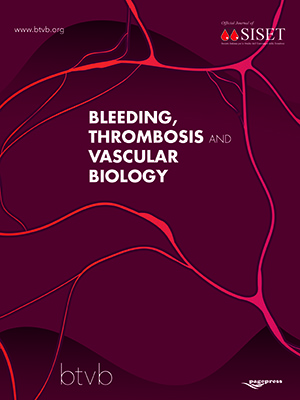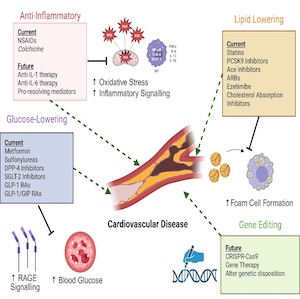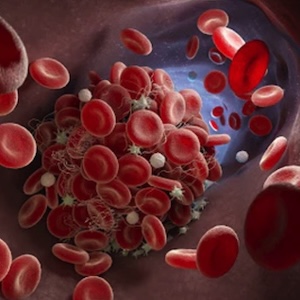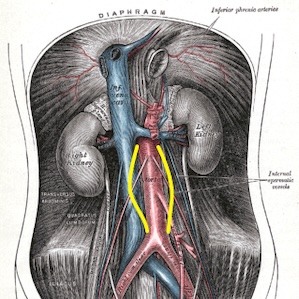Original Articles
Vol. 1 No. 3 (2022)
Evaluation of Coaguchek® Pro II coagulation testing device performance to assess direct oral anticoagulant action. The DOAC-CHECK study
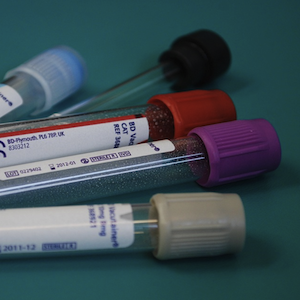
Publisher's note
All claims expressed in this article are solely those of the authors and do not necessarily represent those of their affiliated organizations, or those of the publisher, the editors and the reviewers. Any product that may be evaluated in this article or claim that may be made by its manufacturer is not guaranteed or endorsed by the publisher.
All claims expressed in this article are solely those of the authors and do not necessarily represent those of their affiliated organizations, or those of the publisher, the editors and the reviewers. Any product that may be evaluated in this article or claim that may be made by its manufacturer is not guaranteed or endorsed by the publisher.
Received: 8 July 2022
Accepted: 3 November 2022
Accepted: 3 November 2022
1526
Views
309
Downloads
Similar Articles
- Sarah Gallitto, Thomas C. Varkey, Jacob Lahti, Venous thromboembolism prophylaxis in orthopedic surgery: a narrative review , Bleeding, Thrombosis and Vascular Biology: Vol. 3 No. 3 (2024)
- Daniela Poli, Walter Ageno, Emilia Antonucci, Salvatore Bradamante, Eugenio Bucherini, Paolo Chiarugi, Antonio Chistolini, Benilde Cosmi, Anna Falanga, Antonio Insana, Domenico Lione, Rosa Maria Lombardi, Giuseppe Malcangi, Rossella Marcucci, Giuliana Martini, Lucilla Masciocco, Carmelo Paparo, Daniele Pastori, Simona Pedrini, Vittorio Pengo, Pasquale Pignatelli, Andrea Toma, Sophie Testa, Gualtiero Palareti, Management of anticoagulation in atrial fibrillation patients in Italy: insight from the Atrial Fibrillation-Survey on Anticoagulated Patients Register (AF-START) , Bleeding, Thrombosis and Vascular Biology: Vol. 2 No. 2 (2023)
- Francesco Marongiu, Elvira Grandone, Silvia Marongiu, Antonella Mameli, Doris Barcellona, Stroke in women: anticoagulation in a complicated puzzle , Bleeding, Thrombosis and Vascular Biology: Vol. 3 No. 2 (2024)
- Mattia Galli, C. Michael Gibson, Dominick J. Angiolillo, Factor XI inhibitors in adjunct to antiplatelet therapy: the ultimate dual-pathway inhibition? , Bleeding, Thrombosis and Vascular Biology: Vol. 2 No. 3 (2023)
- Paolo Prandoni, New perspectives for prevention of the post-thrombotic syndrome , Bleeding, Thrombosis and Vascular Biology: Vol. 1 No. 1 (2022)
- Paolo Prandoni, Personalized bleeding risk assessment for atrial fibrillation patients on direct oral anticoagulants: the DOAC score , Bleeding, Thrombosis and Vascular Biology: Vol. 2 No. 3 (2023)
- Gianfranco De Girolamo, Luca Sarti, Sonia Cecoli, Karin Bonora, Chiara Ajolfi, Francesco Bellelli, Valeria Coluccio, Gualtiero Palareti, Marco Marietta, Safety and efficacy of treatment with vitamin K antagonists in patients managed in a network of anticoagulation services or as routine general care , Bleeding, Thrombosis and Vascular Biology: Vol. 1 No. 1 (2022)
- Maria Barca-Hernando, Victor Garcia-Garcia, Luis Jara-Palomares, Location of metastasis and complications in patients with venous thromboembolism and cancer: a systematic review , Bleeding, Thrombosis and Vascular Biology: Vol. 3 No. s1 (2024)
- Gisoo Imani, Aaron Wilson, Sara Vazquez, Daniel M. Witt, Pathways for lower extremity superficial vein thrombosis management in an academic medical center , Bleeding, Thrombosis and Vascular Biology: Vol. 4 No. 1 (2025)
- Anna Maria Gori, Eleonora Camilleri, Alessia Bertelli, Angela Rogolino, Francesca Cesari, Elena Lotti, Tommaso Capobianco, Walther Iannotti, Betti Giusti , Rossella Marcucci, Pleiotropic effects of anti-thrombotic therapies: have direct oral anticoagulants any anti-inflammatory effect? , Bleeding, Thrombosis and Vascular Biology: Vol. 1 No. 3 (2022)
1-10 of 47
Next
You may also start an advanced similarity search for this article.

